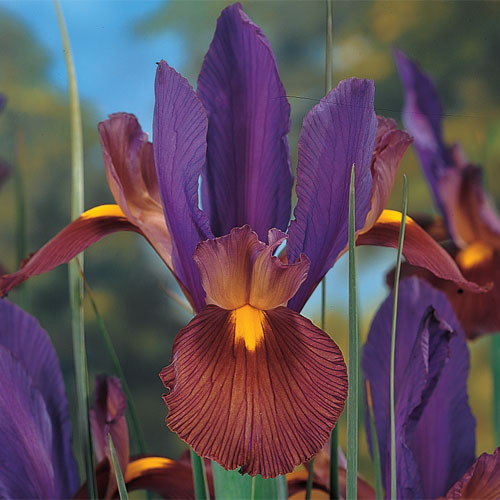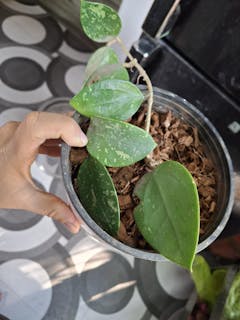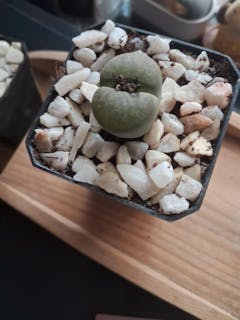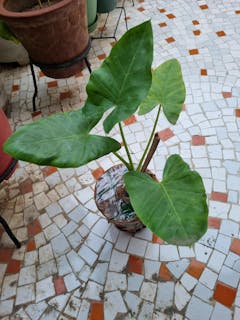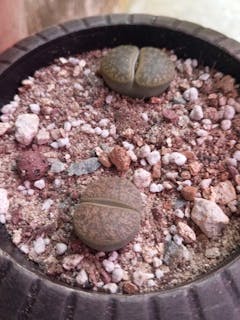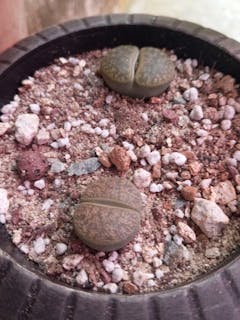Dutch Iris 'Eye of the Tiger'
Family
Iridaceae
Origin
France & Spain
Description
Iris 'Eye of The Tiger', one of the most striking bulbous perennial irises. It is a bulbous iris, as opposed to a rhizomatous iris. The bulb has a thin, dark brown skin and grows 10–15 cm deep in the ground. The bulb is quite large, with a shaggy dark tunic and strong roots.
It grows to a height of 50 cm. Leaves are stiff and sword-shaped, approximately 60 cm long, and dark green to teal in color. Leaves begin growth in early spring, before the snow has entirely melted.
Eye of the Tiger features a truly spectacular combination of purple and burgundy with a contrasting splash of yellow at the throat make this unusual . Flowers have six tepals and are 12–13 cm in diameter.
Iris ‘Eye of the Tiger’ bulbs yield vibrant purple and gold blooms, serving as a highlight in spring gardens. They flower from February to April in plains and from March to May in hilly areas. Plant in October to November across both plains and hills.
Environment
Grow fortnight lilies in light, dappled shade to nearly full sun. Once established, fortnight lilies tolerate poor, dry soils, but do best in a well drained soil with regular watering during the growing season.
Iris reach optimum growth when protected from afternoon sun and planted in garden soil with good drainage.
It is very versatile and can be planted in various mediums from moderately dry soils to wetlands. Plants grow to 4 or 5 feet tall in standing water, making it ideal for water gardens and wet soil.They reach about 2 to 3 feet in soil.
Cut the spent blooms off of the spike to encourage rebloom on the same stalk.
Landscape Use
Great in pots as well as gardens, the Iris is also used around water and as a feature softening rock landscaping.

